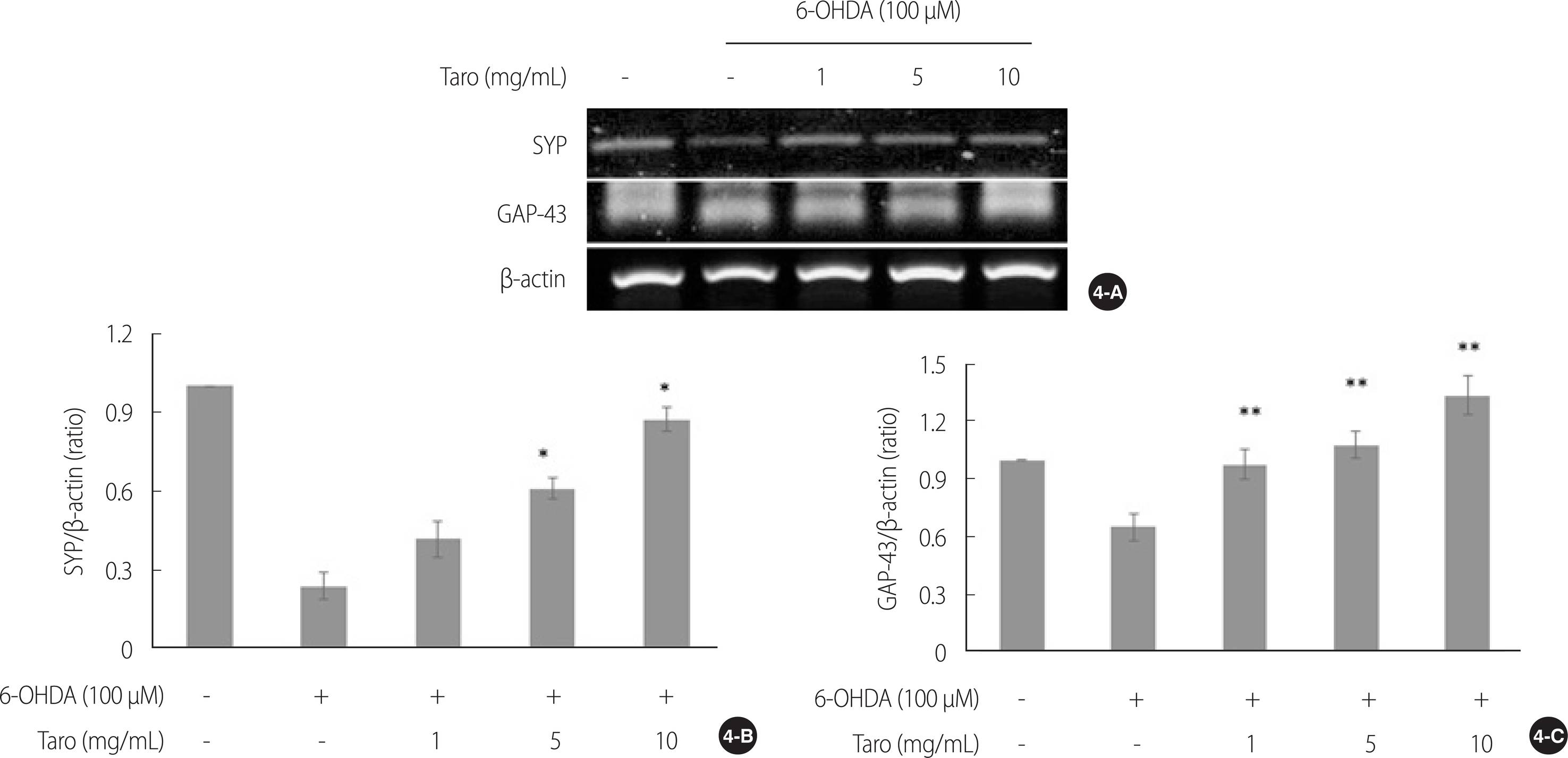4. Nithianantharajah J, Hannan AJ. Enriched environments, experience dependent plasticity and disorders of the nervous system. Nature Reviews Neuroscience. 2006;7(9):697-709.
https://doi.org/10.1038/nrn1970


7. Weerkamp NJ, Tissingh G, Poels PJ, Zuidema SU, Munneke M, Koopmans RT, et al. Nonmotor symptoms in nursing home residents with Parkinson's disease: prevalence and effect on quality of life. Journal of the American Geriatrics Society. 2013;61(10):1714-1721.
https://doi.org/10.1111/jgs.12458


8. Lee JE, Choi JK, Lim HS, Kim JH, Cho JH, Kim GS, et al. The prevalence and incidence of parkinson's disease in south korea: a 10-year nationwide population-based study. Journal of the Korean Neurological Association. 2017;35(4):191-198.
https://doi.org/10.17340/jkna.2017.4.1

10. Park HY, Park JW, Sohn HS, Kwon JW. Association of parkinsonism or parkinson disease with polypharmacy in the year preceding diagnosis: a nested case-control study in south korea. Drug Safety. 2017;40(11):1109-1118.
https://doi.org/10.1007/s40264-017-0559-5


12. Kalariya M, Prajapati R, Parmar SK, Sheth N. Effect of hydroalcoholic extract of leaves of colocasia esculenta on marble-burying behavior in mice: Implications for obsessive-compulsive disorder. Pharmaceutical Biology. 2015;53(8):1239-1242.
https://doi.org/10.3109/13880209.2015.1014923


14. Li H, Dong Z, Liu X, Chen H, Lai F, Zhang M. Structure characterization of two novel polysaccharides from colocasia esculenta (taro) and a comparative study of their immunomodulatory activities. Journal of Functional Foods. 2018;42:47-57.
https://doi.org/10.1016/j.jff.2017.12.067

15. Moon JH, Sung JH, Choi IW, Kim YS. Anti-obesity and hypolipidemic activity of taro powder in mice fed with high fat and cholesterol diets. Korean Journal of Food Science and Technology. 2010;42(5):620-626.
16. Pereira PR, Corrêa ACNTF, Vericimo MF, Paschoalin VMF. Tarin, a potential immuno-modulator and COX Inhibitor lectin found in taro (
Colocasia esculenta). Comprehensive Reviews in Food Science and Food Safety. 2018;17(4):878-891.
https://doi.org/10.1111/1541-4337.12358



17. Jeon YH, Lee JW, Son YJ, Hwang IK. Characteristics and sensory optimization of taro (Colocasia esculenta) under different aging conditions for food application of black taro. Korean Journal of Food Science and Technology. 2016;48(2):133-141.
https://doi.org/10.9721/KJFST.2016.48.2.133

18. Park GH, Kim HG, Ju MS, Kim AJ, Oh MS.
Thuja orientalis leaves extract protects dopaminergic neurons against MPTP-induced neurotoxicity via inhibiting inflammatory action. The Korea Journal of Herbology. 2014;29(3):27-33.
http://dx.doi.org/10.6116/kjh.2014.29.3.27

19. Lee C, Jang JH, Park GH. Protective effect of korean red ginseng against 6-hydroxydopamine-induced nitrosative cell death via fortifying cellular defense system. Yakhak Hoeji. 2016;60(2):92-99.
http://dx.doi.org/10.17480/psk.2016.60.2.92

22. Lee JS, Lee JY, Cho WG, Yang YC, Cho BP. Relationship between microglial activation and dopaminergic neuronal loss in 6-OHDA-induced parkinsonian animal model. Korean Journal of Physical Anthropologists. 2013;26(1):13-23.
http://dx.doi.org/10.11637/kjpa.2013.26.1.13

24. Rivetti di Val Cervo P, Romanov RA, Spigolon G, Masini D, Martín-Montañez E, Toledo EM, et al. Induction of functional dopamine neurons from human astrocytes in vitro and mouse astrocytes in a Parkinson's disease model. Nature Biotechnology. 2017;35(5):444-452.
https://doi.org/10.1038/nbt.3835


26. Barthwal MK, Srivastava N, Dikshit M. Role of nitric oxide in a progressive neurodegeneration model of parkinson's disease in the rat. Redox Report. 2001;6(5):297-302.
https://doi.org/10.1179/135100001101536436


29. Guo Z, Zhang L, Wu Z, Chen Y, Wang F, Chen G. In vivo direct reprogramming of reactive glial cells into functional neurons after brain injury and in an Alzheimer's disease model. Cell Stem Cell. 2014;14(2):188-202.
https://doi.org/10.1016/j.stem.2013.12.001


32. Zhu X, Wang P, Liu H, Zhan J, Wang J, Li M, Zeng L, Xu P. Changes and significance of SYP and GAP-43 expression in the hippocampus of CIH Rats. International Journal of Medical Science. 2019;16(3):394-402.
https://doi.org/10.7150/ijms.28359

33. Shin MS, Jeong HY, An DI, Lee HY, Sung YH. Treadmill exercise facilitates synaptic plasticity on dopaminergic neurons and fibers in the mouse model with Parkinson's disease. Neuroscience Letters. 2016;621:28-33.
https://doi.org/10.1016/j.neulet.2016.04.015


35. Cong Q, Soteros BM, Wollet M, Kim JH, Sia GM. The endogenous neuronal complement inhibitor SRPX2 protects against complement-mediated synapse elimination during development. Nature Neuroscience. 2020;Forthcoming.
https://doi.org/10.1038/s41593-020-0672-0








 PDF Links
PDF Links PubReader
PubReader Full text via DOI
Full text via DOI Download Citation
Download Citation Print
Print



